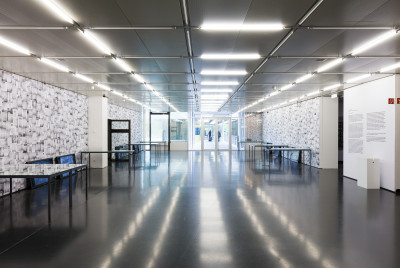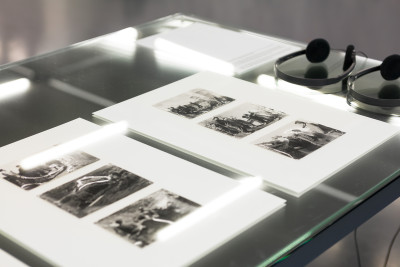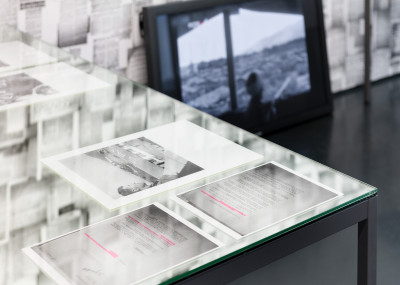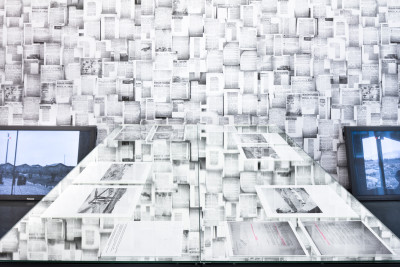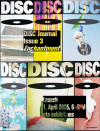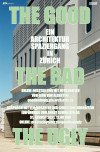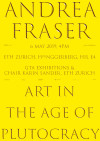
Discreet Violence. Architecture and the French War in Algeria
Thursday, 13 April 2017 to Monday, 12 June 2017 - Opening: Wednesday, 12 April 2017, 6 pm, with an introduction by Philip Ursprung, Tom Avermaete and Samia Henni
Location: ETH Hönggerberg
During the Algerian Revolution (1954–1962) the French civil and military authorities profoundly reorganized Algeria’s urban and rural territory, drastically transformed its built environments, rapidly implanted new infrastructure, and strategically built new settlements in order to keep Algeria under French colonial rule and protect France’s interests in Algeria.
The exhibition features only one aspect of these territorial transformations: the construction of militarily controlled camps dubbed the centres de regroupement in Algeria’s rural areas. These spaces resulted from the creation of the forbidden zones—free fire zones—and engendered massive forced relocations of the Algerian population. Special military units called the Sections administratives spécialisées supervised the evacuation of the forbidden zones, the regrouping of the Algerian population, the construction of temporary and permanent camps, the conversion of a number of permanent camps to villages, and monitored the daily life of Algerian civilians. The aim of this regrouping was to isolate the Algerian population from the influence of national liberation fighters and to impede possible psychological and material support.
Based on French military photographs and films produced by the propaganda teams of the Service cinématographique des armées (SCA), the exhibition “Discreet Violence: Architecture and the French War in Algeria” features only certain aspects of the evacuation of the Algerian rural population, the building processes of the camps, and the living conditions in the camps. It disclosures the ways with which the French colonial regime attempted to divert the military purpose of the camps in the aftermath of a medial scandal of 1959. The exhibition unfolds the intrinsic relationships between architecture, military measures, colonial policies, and the planned production and distribution of visual records. Today, the SCA is called the Établissement de communication et de production audiovisuelle de la défense (ECPAD) and is still active in warzones where the French army is involved.
The exhibition is a partial outcome of Samia Henni’s doctoral dissertation, entitled “Architecture of Counterrevolution: The French Army in Algeria, 1954–1962,” which was defended in September 2016 at the gta Institute, ETH Zurich, under the supervision of Professors Tom Avermaete, Jean-Louis Cohen, and Philip Ursprung. The dissertation was awarded the ETH Medal. The book will be published by the gta Verlag in Autumn 2017.
The exhibition is curated by Dr. Samia Henni and realised with gta exhibitions.
Contact: henni@arch.ethz.ch
Many thanks to:
Tom Avermaete, Jean-Louis Cohen, Michel Cornaton, Nicolas Férard, Lucie Moriceau, Justine Pontier, Véronique Pontillon, Pascal Schwaighofer, Nadine Schütz, André Tavares, Philippe Touron, Philip Ursprung, Damien Vitry, Clément Willemin and Pierre Willemin.
Photos: Martin Stollenwerk
